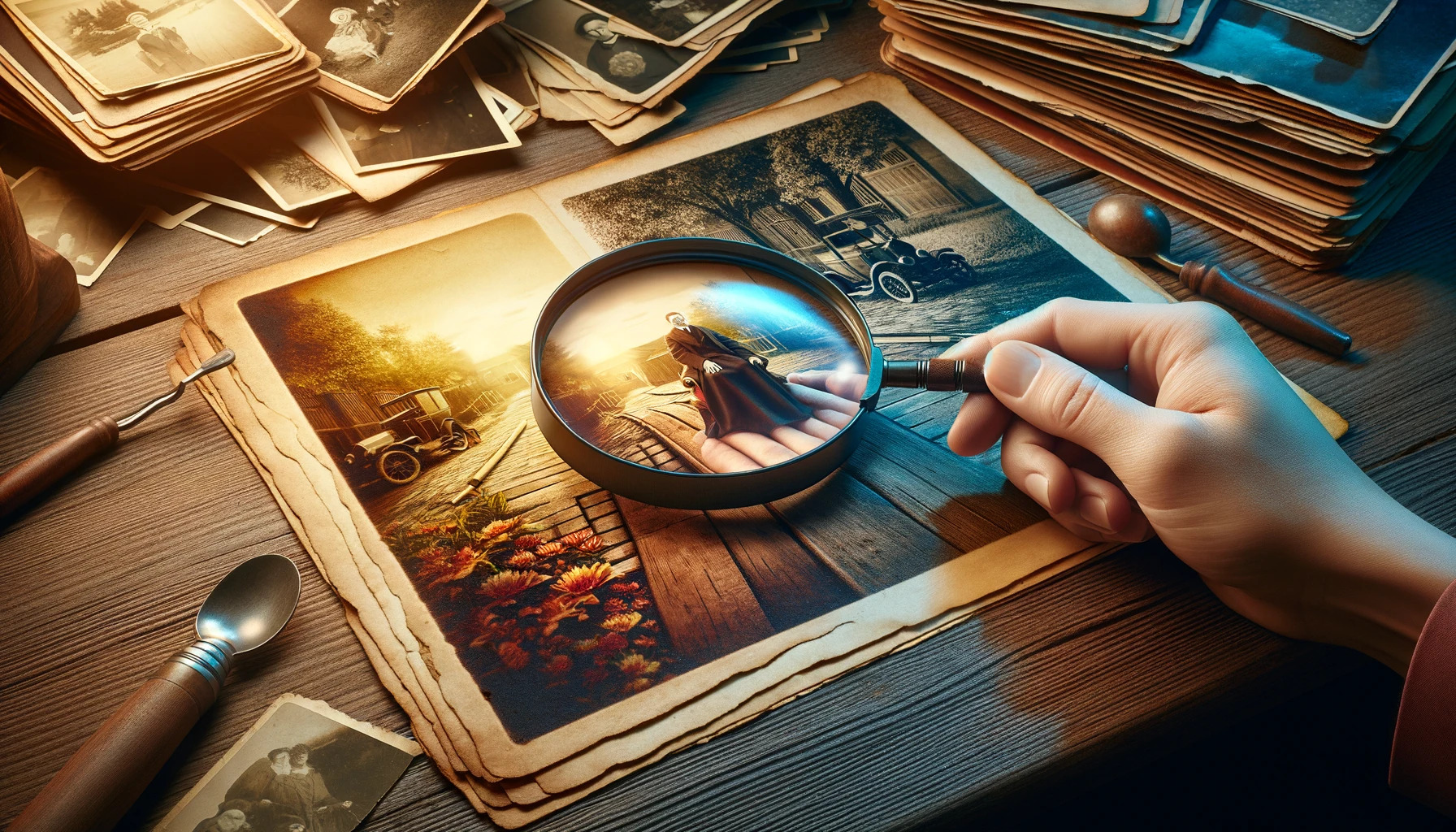How to Restore Historical Photos through Advanced Upscaling
By Adrian
Published March 7, 2024
 How to Restore Historical Photos through Advanced Upscaling
How to Restore Historical Photos through Advanced Upscaling
In the digital age, the art and science of photo restoration have undergone a revolutionary transformation. Advanced upscaling techniques have emerged as a cornerstone in this field, breathing new life into historical photos that once seemed faded beyond recognition. This journey through the pixels not only revives the past for the eyes of the present but also safeguards our collective history for future generations.
The Magic of Upscaling: A Closer Look
To upscale image content means to increase its resolution or detail, transforming grainy, blurred, or low-resolution images into clearer, more detailed versions. This process involves sophisticated algorithms that predict and add pixels, enhancing the overall quality of the image without compromising its original essence.
1. The Essence of Historical Photo Restoration
Restoring historical photos is not just about enhancing their resolution; it's an act of preservation, memory, and respect towards history. By employing advanced upscaling techniques, restorers can uncover details that were once invisible to the naked eye, bringing historical figures and moments to life with unprecedented clarity.
2. Advanced Techniques in the Spotlight
- Upscaling Images for Specific Uses: Restoration projects often have specific goals, whether it's for archival purposes, exhibitions, or educational material. Tailoring upscaling techniques to these ends ensures that the restored photos meet the exact needs of their intended use.
- Upscale Social Media Images: In the era of digital sharing, historical photos gain a new lease on life online. Upscaling these images for social media not only makes them more engaging for viewers but also helps in preserving and disseminating historical knowledge across the globe.
- Upscaling Techniques for Art Reproduction: Art and history often intersect in the form of vintage photographs of priceless artworks. Upscaling plays a crucial role in reproducing these artworks for books, digital archives, and replicas, ensuring that the beauty of the past continues to inspire.
- Video Frame Upscaling: Beyond still images, the upscaling technology extends its magic to historical footage, enhancing each frame to make old videos clearer and more detailed. This application opens up new dimensions in documentary filmmaking and archival research, making history feel more immediate and real.
The Process: From Scan to Showcase
The journey of restoring a historical photo through upscaling involves several key steps:
- Scanning: The process begins with a high-quality scan of the original photo. This digital version captures as much detail as possible, serving as the foundation for all subsequent restoration work.
- Cleaning: Before upscaling, the image undergoes cleaning to remove dust, scratches, and other imperfections. This step ensures that the upscaling process enhances only the image's details, not the blemishes.
- Upscaling: Using advanced algorithms, the image is then upscaled. This critical phase increases the photo's resolution, bringing out details that were previously indiscernible.
- Finishing Touches: After upscaling, the image might require additional adjustments, such as color correction or sharpening, to achieve the desired outcome. This fine-tuning enhances the photo's authenticity and aesthetic appeal.
- Archiving and Sharing: The final step is to archive the restored image for future generations and share it with the world, whether through exhibitions, publications, or digital platforms.
The Impact: Bringing History Closer
The impact of advanced upscaling on historical photo restoration is profound:
- Enhanced Accessibility: Upscaled historical photos are more accessible to researchers, educators, and the general public, making it easier to engage with history in a meaningful way.
- Improved Preservation: By digitizing and upscaling historical photos, we ensure their preservation against physical deterioration, keeping the past alive for future generations.
- Cultural Relevance: Upscaled images make historical events and figures more relatable, bridging the gap between past and present and fostering a deeper appreciation for heritage.
Future Horizons: Beyond Today's Pixels
As technology continues to evolve, so too will the techniques for photo upscaling. Future advancements may bring even more sophisticated algorithms, capable of producing images with unimaginable clarity and depth. These innovations promise not only to enhance our understanding of history but also to redefine the very way we interact with the past.
Conclusion
The restoration of historical photos through advanced upscaling represents a bridge between yesterday and today, a testament to the power of technology to illuminate our past. By transforming faded, forgotten photos into vivid, detailed images, upscaling helps to preserve our collective memory, ensuring that history remains a vibrant, living part of our present and future. In this digital renaissance, every pixel tells a story, and each restored image is a step towards a clearer understanding of who we are and where we come from.